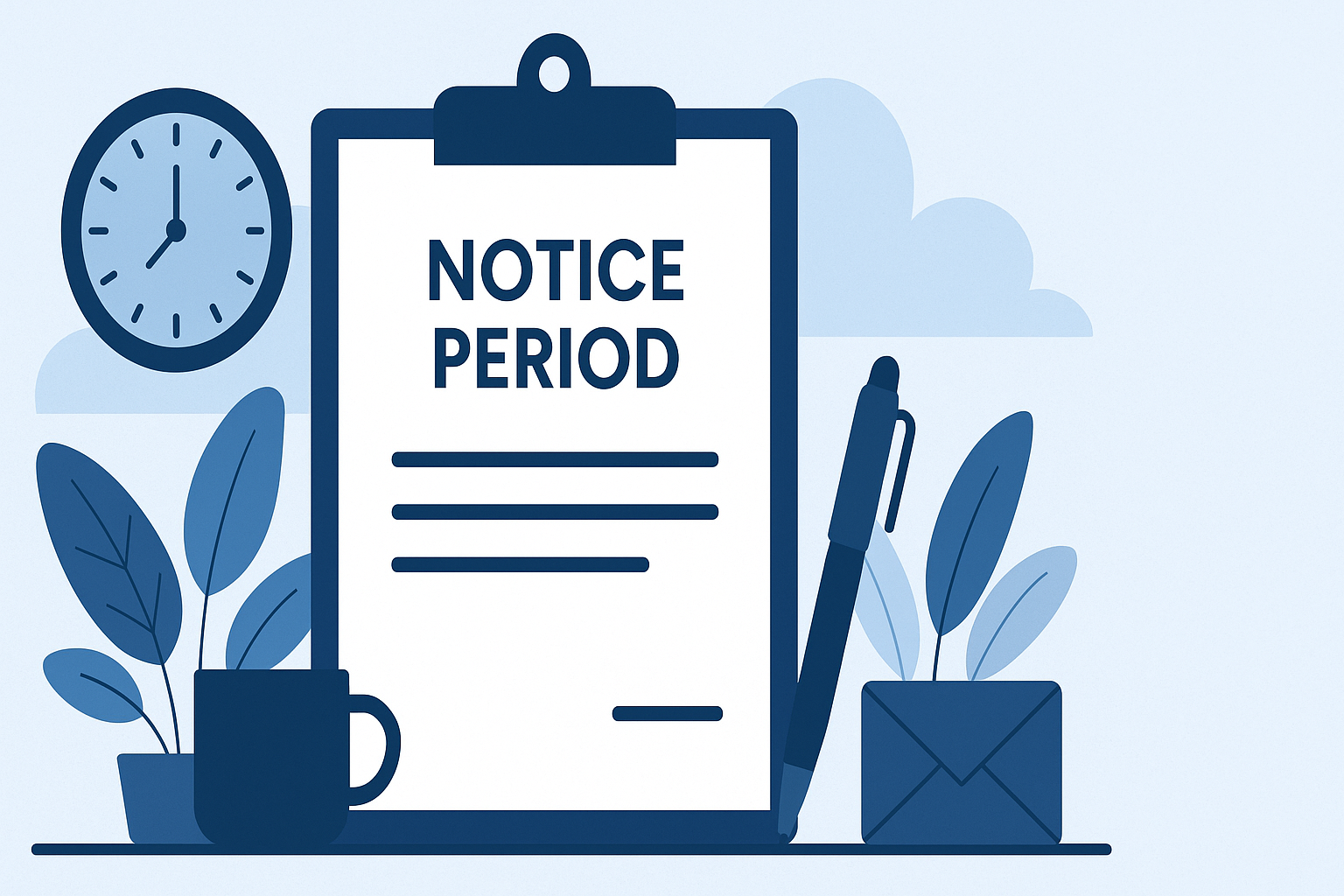Are you overwhelmed by the number of your team’s annual leave bookings? Annually, employees are entitled to receive paid time-off which is often used for vacation. However, if not managed correctly, this can lead to disruptions in the workplace and even loss of productivity. Managing annual leave is an integral responsibility of any manager or leader.
Here are some tips to help you manage your team’s annual leave like a pro. Before that, it is imperative to know what annual leave is and how it works?
Annual leave, or holiday time, is a period of up to twenty-eight days paid off from work for any given year. It is usually based on the number of days an employee works each week. In the European Union, member states must ensure a minimum of 20 days of annual leave for employees.
Some employers allow annual leave employees to use their leave as they wish, while some impose conditions on when they may take their leave. It is important to have a clear and fair annual leave policy for employees, outlining their entitlements, the procedure for requesting leave, and the approval process.
When employees are not entitled to paid leave, they often receive additional holidays and claim payment in lieu.
For example, those working for five days a week may be entitled to 28 paid holiday days per year, equivalent to 5.6 weeks annual leave. The use of annual leave is not limited to the summer months but can be used during the year. Employees in the UK are entitled to a minimum of 28 days of annual leave per year, including public holidays. Bank holidays can be included in the statutory annual leave entitlement, and employer practices may vary regarding leave for full-time and part-time employees.
All workers have a legal right to take annual leave, although some do not have entitlement to paid vacation time. Employees should receive their full entitlement to annual leave from the start of their employment.
A worker’s entitlement to annual leave is determined by their employment contract and may vary from one employee to another.
Employers can allow employees to carry over consecutive weeks of leave for a long-term illness. Having a structured method to handle overlapping vacation requests is crucial.
Some employees, particularly those in the public sector, must work on public holidays and are not given replacement days off. In these cases, the employee may use a day or part of a day from their annual leave entitlement to compensate.
1. Understanding Leave
What is Annual Leave?
Annual leave, also known as staff holiday, is a period of paid time off work granted to employees by their employer. It is a statutory entitlement in many countries, including the UK, where employees are entitled to a minimum of 28 days’ paid annual leave per year. Annual leave can be used for any purpose, such as going on vacation, spending time with family and friends, or simply relaxing and recharging. This paid time off is crucial for maintaining a healthy work-life balance and ensuring employees return to work refreshed and motivated.
1. Set Clear Expectations
It is important to set clear expectations for the number of annual leave your employees can take. It is also helpful to set a policy on how many times they can request leave within a certain period. Annual leave policies should be written clearly and communicated to all employees. Clear leave policies can reduce disputes in organizations.
Annual leave can be used for any purpose, such as going on vacation, spending time with family and friends, or simply relaxing and recharging. Utilizing HR software for managing annual leave and absence management can streamline the process, reduce manual workarounds, and enhance efficiency for both employees and managers in handling time-off requests.
This paid time off is crucial for maintaining a healthy work-life balance and ensuring employees return to work refreshed and motivated. It is important to have a clear policy for requesting annual leave, outlining employee entitlements and the process to request annual leave, ensuring fairness and consistency in how these requests are handled among all employees.
The number of leave days they are entitled to may also depend on their seniority or position in the company. Make it clear to your employees what the expectations are so that there is no confusion.
3. Establishing a Clear Leave Policy
Creating a Fair Holiday Policy
Creating a fair holiday policy is essential for managing annual leave requests effectively. A fair holiday policy should be clear, concise, and communicated to all employees. It should outline the procedures for requesting time off, notice requirements, approval protocols, and any constraints during peak periods. The policy should also specify the maximum amount of holiday that can be taken at any time, the procedure for booking leave, and under what circumstances leave may be refused. By establishing a transparent and equitable policy, you can ensure that all leave requests are handled consistently and fairly, reducing the risk of disputes and promoting a positive work environment.
Communicating Leave Policy to Employees
Communicating the leave policy to employees is crucial to ensure that everyone understands the procedures and expectations. The policy should be communicated clearly and concisely, either through a staff handbook, email, or company intranet. It’s also essential to ensure that all employees understand their entitlement to annual leave, how to request time off, and what to expect during the approval process.
Additionally, it’s recommended to include the following key points in the leave policy:
Any restrictions about when employees may or may not take leave
Details about how many staff can take leave at the same time
The maximum amount of holiday to be taken at any time
The procedure for booking leave
Under what circumstances leave may be refused
Whether or not holidays are approved on a first-come, first-served basis
Details about exceptions
By establishing a clear leave policy and communicating it effectively to employees, employers can ensure that annual leave requests are managed fairly and efficiently, reducing the risk of disputes and promoting a positive work-life balance.
Plan Ahead for Peak Periods
If you know in advance when your employees are taking their leave, you can plan and ensure coverage for their positions. This will help to minimise disruptions in the workplace. You can also break down their leave into smaller chunks to make it easier for them and ensure more coverage.
Communicate Early About Annual Leave Requests
If you know that someone in your team will be out for an extended period, it is important to communicate this early. This will help to avoid any misunderstandings and ensure that there is coverage for their position. You can also ask other team members to help out with their work during this time. Communicating clear deadlines for holiday requests helps avoid last-minute rushes.
Creating a fair holiday policy is essential for effective annual leave management, especially considering the challenges and best practices. The policy should also specify the maximum amount of holiday that can be taken at any time, the procedure for booking leave, and under what circumstances leave may be refused. Effectively managing holiday requests within organizations is crucial, as outdated methods like handwritten notes or emails can lead to errors and dissatisfaction.
4. Encourage use of Annual Leave banks
Many companies have annual leave banks that allow employees to save up their leave for a later date. This can be a great way for employees to take a longer leave without affecting their work. If your company does not have this system, you can encourage employees to take a shorter leave period instead.
Use a Leave Management System for Managing Annual Leave
A can help automate the process of managing leave requests, calculating the number of leave each staff has left, and ensuring that there is no abuse within your team. A structured leave plan is essential for legal compliance and administrative efficiency. It can help ensure that other staff members have coverage for each position. Automated approval processes can streamline leave requests and reduce the workload on managers. Using dedicated absence management software can automate the leave management process. Annual leave management software can further streamline processes and improve overall workplace efficiency.
6. Train Employees to Take Their Leave Wisely
Even if you have a system in place and manage your team’s annual leave like a pro, there is still a chance that they may not use their leave wisely. One way to tackle this issue is to train them on using their leave. This can include educating them on the benefits of taking annual leave and encouraging them to take time off. Additionally, include sick leave in your leave plan, outlining employee entitlements and addressing how to handle last-minute absences to ensure task coverage and team communication. Many employees feel discouraged from taking holidays due to unclear policies or practices at work, but offering unpaid leave as a flexible option for those needing extended time away for personal reasons can help.
Final Thought
When employees take their leave wisely, it can lead to a happier and healthier workforce. You have to remember that taking time off is important for your employees and the company. With these tips, you can ensure that your team’s annual leave are managed well, and everyone is happy.




